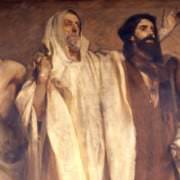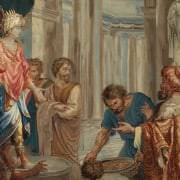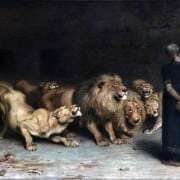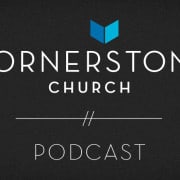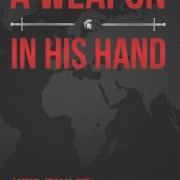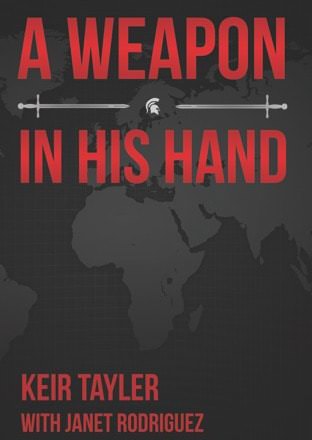The book of Zechariah
Only because of the messages and help of Zechariah and Haggai do the discouraged in Jerusalem rebuild the Temple which was finished in 516 B.C. Zechariah and Haggai have very similar themes to their prophecies, understandably. Zechariah’s work can be divided into two parts: Chapters 1-8 deal with more immediate concerns that the community would have been facing, while Chapters 9-14 deal with future events.
Zechariah might be the hardest of the minor prophetic books to understand. Chapters 1-8 consist of visions and reports of historical events. There are eight visions and their probable meanings are below:
-
Vision 1 – Israel had experienced the Day of Lord but the other nations were at ease – how come? The answer comes that God has not forgotten his people and the nations will have their day, too.
-
Vision 2 – opposition against God’s people will not last nor succeed.
-
Vision 3 – the glory of God will no longer be confined to the Temple but the city will be the dwelling place of God.
-
Vision 4 – the people would be able to build an acceptable Temple for God.
-
Vision 5 – the temple they were building was God’s work and although they didn’t find it acceptable, God did.
-
Vision 6 & 7 – God had initiated the exile for purification but sin had returned in the hearts of the returned exiles. This would be dealt with too.
-
Vision 8 – God would have the final say and clear his name amongst the nations.
The chapter closes out with the scene of a coronation (6:9-11) in which most Christian interpreters have seen the blending of Priest and King in Christ. The last thoughts in chapters 7-8 are around fasts that the Jews had observed and set up. Zechariah warns that cold formalism is a possibility that they should fear and shun.
Chapters 9-14 are Zechariah encouraging the people with future events. The return of the exiles was a great victory and restoration but complete restoration still waits. This is the theme of the chapters. The restoration from captivity was only a token compared to the great redemption to come.

